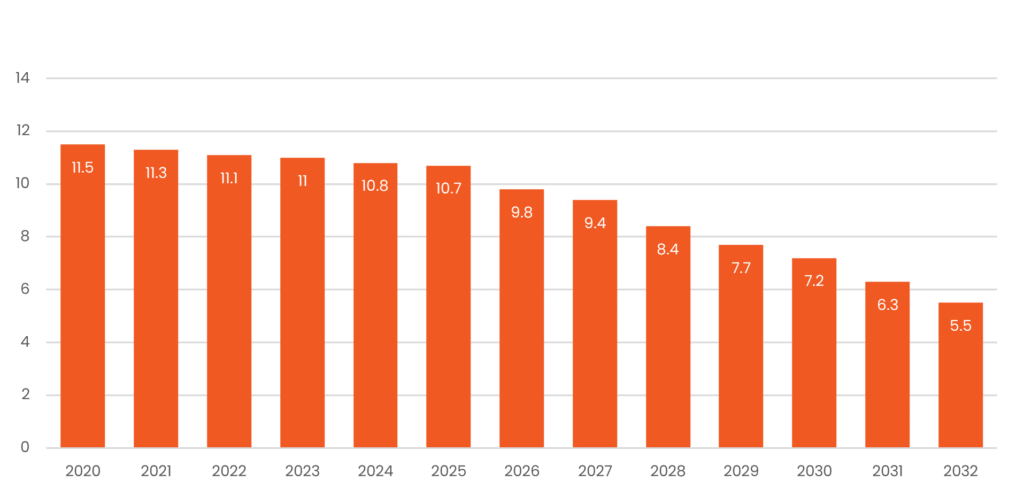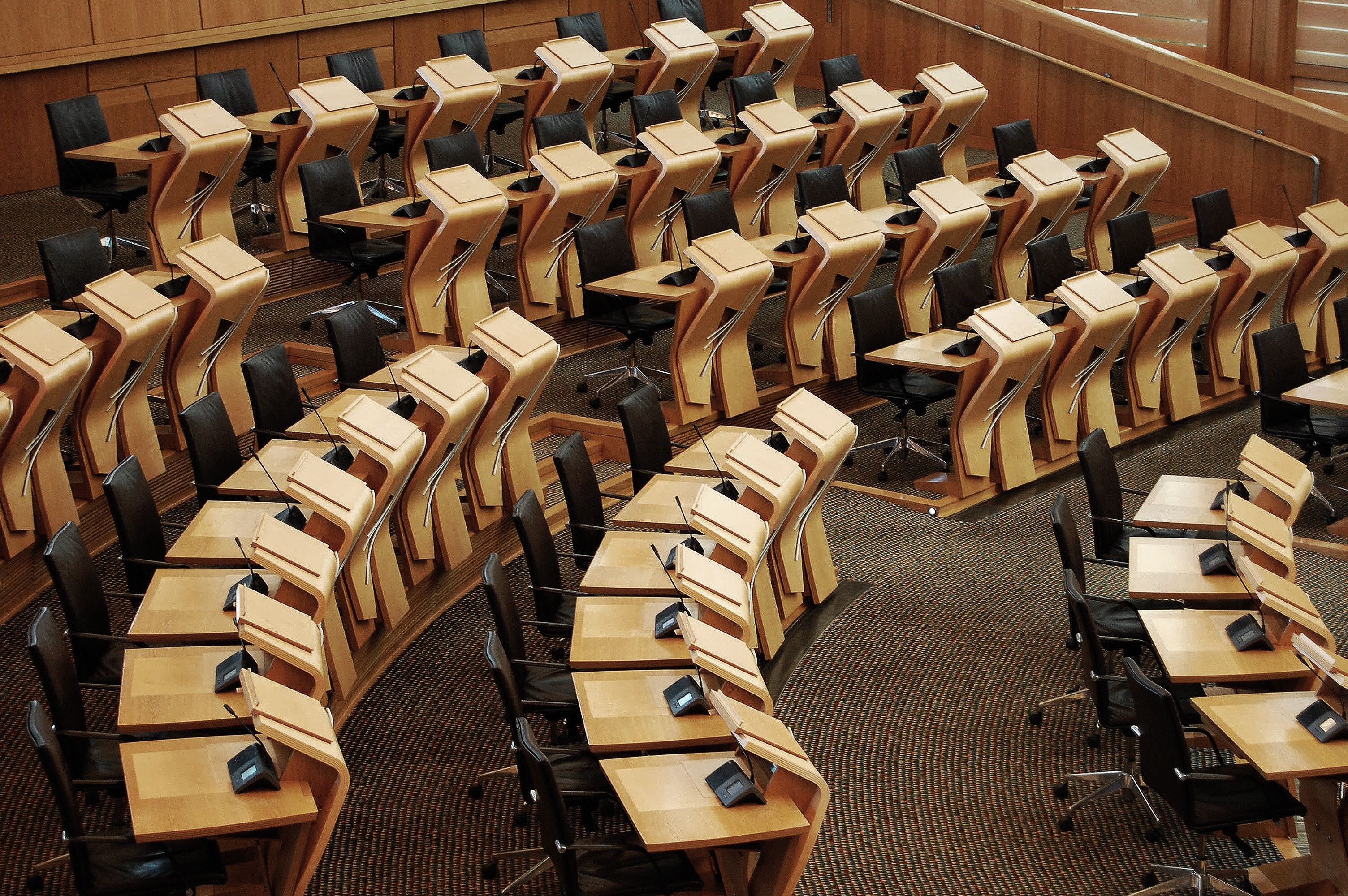Business and Industry
Emissions from the business and industry sector cover emissions from fuel combustion and product use in industrial and commercial sectors, and fluorinated greenhouse gas emissions from refrigeration and air conditioning in all sectors, plus industrial off-road machinery. Emissions from the industrial processes sector cover emissions resulting from industrial processes, except for those associated with fuel combustion. Government figures show that combined emissions from these sectors fell by 56% between 1990 and 2022, most of this because of the closure of much of the steel industry in the early 1990s.
Read this chapter
Some larger businesses are part of the UK Emissions Trading Scheme (UK ETS) and others will already be paying the Climate Change Levy (CCL) on their electricity and fuel bills. The UK ETS covers energy intensive industries, the power generation sector and aviation for flights departing from or arriving in the UK. It covers around 100 participants in Scotland, accounting for 28% of Scotland’s greenhouse gas emissions. Fossil-fuelled power stations pay the CCL at a reduced rate, and the steel industry has been completely exempt since 2013.
Of course, businesses are also responsible for emissions from buildings, transport, food productions and land use, which appear in other chapters of this document. For instance, there are around 220,000 non-domestic buildings in Scotland, accounting for 6% of Scotland’s total climate emissions, and about twice the proportion are in the lowest energy efficiency bands compared to domestic properties. Public body Business Energy Scotland provides free energy advice and loans to small and medium-sized enterprises and finds savings of an average of 24% on the energy bills of firms they work with.
 Figure 16: emissions in MtCO2e from the industry sector 1990-2022, showing a fall of 56%.
Figure 16: emissions in MtCO2e from the industry sector 1990-2022, showing a fall of 56%.
Most businesses also fund pensions for workers, and the investment portfolio of these pension schemes can make climate change worse or better – see for example the policy about divesting public sector pensions from fossil fuel investments in the Public Sector chapter.
Many businesses assess their performance against Environmental, Social and Governance (ESG) principles but these are subsidiary to the fiduciary duty of public companies to maximise shareholders value, a duty which is frequently in conflict with environmental and social aims, or at least said to be in conflict.
Businesses also buy things and this procurement spend can come with a large carbon footprint – see for example the public procurement policy in the Public Sector chapter. For many businesses, Scope 3 emissions account for more than 70% of their carbon footprint. This carbon footprint also extends to the energy consumed in providing and accessing services electronically. Emails alone are estimated to account for 0.3% of global climate emissions.
The Climate Change Plan update lists only two outcomes for industry, with policies and proposed policies which are supposed to achieve them:
Outcome 1: Scotland’s Industrial sector will be on a managed pathway to decarbonisation, whilst remaining highly competitive and on a sustainable growth trajectory
Outcome 2: Technologies critical to further industrial emissions reduction (such as carbon capture and storage and production and injection of hydrogen into the gas grid) are operating at commercial scale by 2030
The Scottish Government’s plan is for a slow year-on-year emissions reductions to the middle of the decade, with a steeper reduction thereafter. The later reductions are mainly based on assumptions about the deployment of carbon capture and storage that the Scottish Government has since acknowledged are unrealistic.
Emissions from the industry sector 2020-2032 (MtCO2e)

Expected climate change emissions from the industry sector 2020-2032

